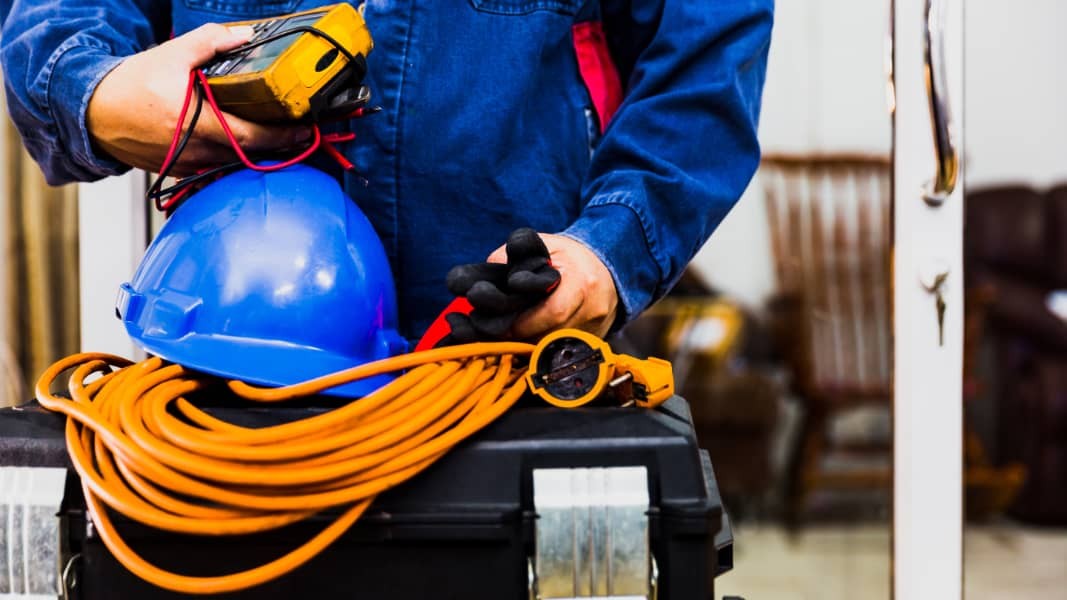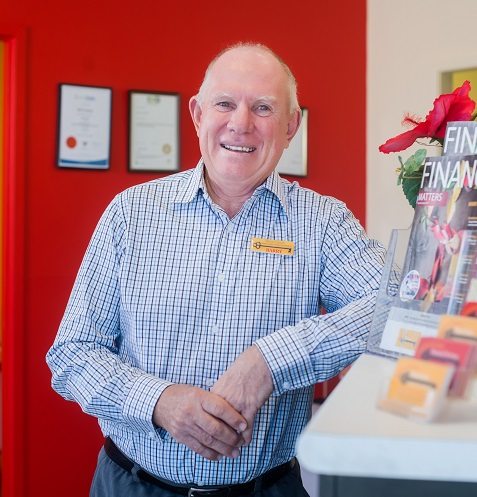
Heavy equipment can be one of the biggest expenses for your business. However, it’s also typically something you can’t afford not to buy.
Fortunately, there are a number of options for financing heavy equipment that allow business owners to cover this essential cost in a more manageable way. For a newcomer, these different options can seem confusing, and it’s important to make the right decision for your business.
In this article, we’ll break down the main options you have for financing heavy equipment and the pros and cons of each.
Why Get Equipment on Finance?
- It makes it possible to afford large payments by splitting the overall amount into installments paid over time
- It’s more manageable, allowing you to plan your expenses more predictably
- You’ll have more of your monthly budget left over to cover other business costs like rent, equipment, and materials
- It allows you to afford newer or more advanced equipment that you may not be able to afford outright
For more on the advantages of equipment finance, check out our other post on the topic "What is Equipment Finance? The Guide"
What are my Options for Financing Heavy Equipment?
When it comes to financing heavy equipment, business owners have a number of options available to them. There are pros and cons to each, and the option you choose will depend on your individual circumstances. Let’s explore the choices.
Hire Purchase
This is where you make regular repayments towards a piece of equipment over a fixed period of time — like a loan — but at the end of the term, you will own the equipment. In fact, you’re considered the owner throughout the loan period, even while you’re still making repayments. Your payments will appear on your balance sheet, along with the asset itself.
Pros:
- Interest rates are usually fairly low
- At the end of the loan period, the equipment is yours to keep
Cons:
- The asset may depreciate over time
To be aware of: If the balance isn’t fully paid, you may have to make an additional payment at the end of the lease. This depends on the interest rate and how much interest has accrued.
Operating Lease
An operating lease is where you essentially rent a piece of equipment over a fixed term. Like any other loan, you make regular repayments but the asset is returned to the lessor at the end of the period.
This option is usually best if you don’t need the equipment permanently. The lessor is the owner of the equipment throughout the agreement.
Pros:
- The lender typically covers all maintenance and repair costs
- It’s easy to replace with brand new equipment at the end of the least
- Repayments are usually more manageable than with hire to purchase
Cons:
- There’s no easy option to purchase the equipment at a discount at the end of the term
Financial Lease
A financial lease is similar to an operating lease, with the main difference being that you have the option to purchase the equipment from the lessor at the end of the loan period. This is a good choice for those who haven’t yet decided if they will buy the equipment but want to have the option.
Pros: It’s much easier to purchase the equipment at the end
Cons: Interest rates are usually quite a bit higher, and can even be double that of an operating lease
Equipment can be a huge purchase and a massive financial headache for business owners. However, with the right planning and research, it’s possible to find a finance agreement that works for you, allowing you to buy all the equipment you need at an affordable price.
At Lynam Home Loans, we’ve helped countless businesses in and around Mackay, Queensland secure the best possible agreements for heavy equipment. We work with lenders across Australia and can use our years of experience to help you find the best possible deal for your circumstances.
